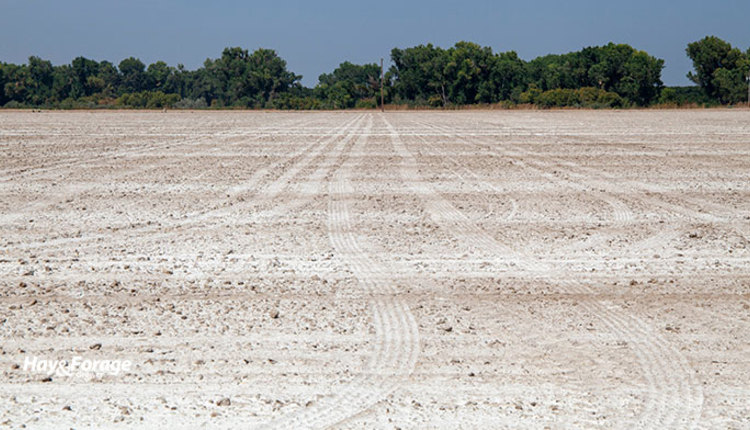
Soil pH is often the first metric to be considered when assessing a soil’s ability to support economic crop production. The acidity of a soil impacts both nutrient sufficiency and potential toxicity.
Most crops have a soil pH range that maximizes their productive capacity. If the soil pH is too low, some sort of liming material is needed. However, their success in raising soil pH, and the time it takes to do so, varies widely. This variation is governed by the product’s calcium carbonate equivalent (CCE) and its particle size.
“The CCE standard is set at 100, which is pure calcite,” explains Cheryl Mackowiak, an extension soil scientist with the University of Florida. “In comparison, common ag lime averages approximately 75% to 100% of pure calcite. If a product has a CCE of 50, you will need to apply twice as much product to meet your soil report’s lime recommendation,” she adds.
In addition to a product’s CCE, its particle size distribution is also important because finer particles will react with moisture in the soil faster to affect soil pH.
“For a faster reaction time, you want a greater proportion of particles to pass through a 50-mesh screen,” Mackowiak says. “A 50-mesh screen has 50 openings per inch. In comparison, particles larger than 20 mesh, or a 0.03-inch diameter, will likely provide little to no liming ability.”

In Mackowiak’s state of Florida, size distribution minimums are at least 90% through 8-mesh screen, at least 80% through a 20-mesh screen, and at least 50% through a 50-mesh screen.
The effective calcium carbonate equivalent (ECCE) or relative neutralizing value (RNV) of a liming material combines the attributes of CCE and particle size. Mackowiak notes that this value is the best estimate of liming power.
In Florida and other states, lime material suppliers must provide the CCE of their product. In addition, the manufacturer will calculate the equivalent application rate needed to be equal to a standard liming material.
Pelleted lime
“I often get asked if pelletized lime can be used at lower rates than typical ag lime because it tends to be finely ground,” Mackowiak says. “After reviewing the labels of several advertised products, it appears that these materials can typically be applied at a rate approximately 10% to 20% less than standard liming materials.”
Mackowiak cautions that the finer ground the liming material, the less longevity it may have in the field. Pelleted lime will also be more costly than standard ag lime but is easier to apply.

